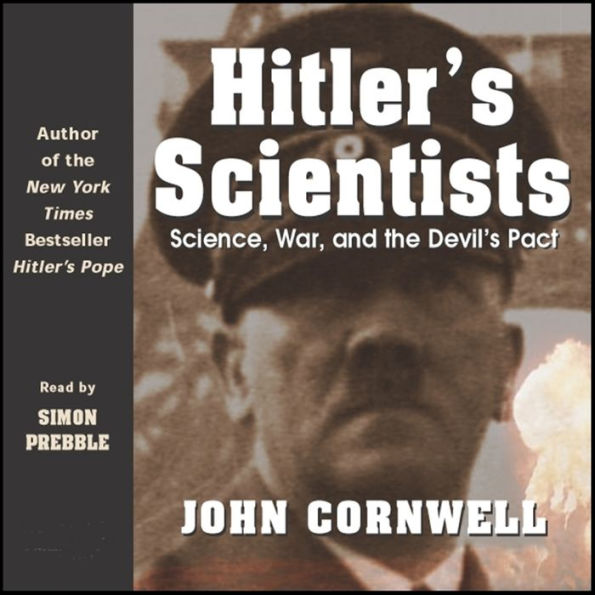In Russell’s subpar fourth mystery featuring Det. Insp. Geraldine Steel (after 2011’s Dead End), Geraldine, now with London’s Murder Squad after leaving the smallish Kent police force, tackles an exasperatingly difficult case. A seriously demented collector with a passion for artifacts made from human bones appears to be targeting young black women. Steele and her new detective sergeant, Sam Haley, are part of the team assigned to find a link between the mutilation murder of Jessica Palmer and the disappearance of Donna Henry, but a dearth of forensic evidence and vague eyewitness statements give little to go on. When Sam isn’t warning Geraldine that she’s alienating some of the team by trying to do everything herself, the pair engage in sophomoric debates about law enforcement. Geraldine’s dithering over whether to make contact with the birth mother who put her up for adoption helps humanize her but otherwise doesn’t advance the action. (Dec.)
By the first decade of the twentieth century, Germany was the Mecca of science and technology in the world. However, by the beginning of the First World War, Germany began to display some of the features that would blight the conduct of ideal science through the rest of the century.
After Hitler came into power in 1933, science and technology were quickly pressed into service by racist, xenophobic idealologies. From 1939 to the war's end, scientists working under military control began research on nuclear chain reaction with the prospect of arming Hitler with an atomic bomb. By 1943, few areas of German science, technology, and industry had not been experimentation and mass killing.
How German scientists behaved in the era spanning the beginning of the First War and the end of the Second raises many questions, disturbing and relevant to this day, about how scientist act under pressure of social and political circumstances and events. In pondering the moral and political predicament of the unregulated pursuit of scientific progress, Hitler's Scientist today prompts uncomfortable parallels with the past.
1111514002
After Hitler came into power in 1933, science and technology were quickly pressed into service by racist, xenophobic idealologies. From 1939 to the war's end, scientists working under military control began research on nuclear chain reaction with the prospect of arming Hitler with an atomic bomb. By 1943, few areas of German science, technology, and industry had not been experimentation and mass killing.
How German scientists behaved in the era spanning the beginning of the First War and the end of the Second raises many questions, disturbing and relevant to this day, about how scientist act under pressure of social and political circumstances and events. In pondering the moral and political predicament of the unregulated pursuit of scientific progress, Hitler's Scientist today prompts uncomfortable parallels with the past.
Hitler's Scientists : Science, War and the Devil's Pact (Abridged)
By the first decade of the twentieth century, Germany was the Mecca of science and technology in the world. However, by the beginning of the First World War, Germany began to display some of the features that would blight the conduct of ideal science through the rest of the century.
After Hitler came into power in 1933, science and technology were quickly pressed into service by racist, xenophobic idealologies. From 1939 to the war's end, scientists working under military control began research on nuclear chain reaction with the prospect of arming Hitler with an atomic bomb. By 1943, few areas of German science, technology, and industry had not been experimentation and mass killing.
How German scientists behaved in the era spanning the beginning of the First War and the end of the Second raises many questions, disturbing and relevant to this day, about how scientist act under pressure of social and political circumstances and events. In pondering the moral and political predicament of the unregulated pursuit of scientific progress, Hitler's Scientist today prompts uncomfortable parallels with the past.
After Hitler came into power in 1933, science and technology were quickly pressed into service by racist, xenophobic idealologies. From 1939 to the war's end, scientists working under military control began research on nuclear chain reaction with the prospect of arming Hitler with an atomic bomb. By 1943, few areas of German science, technology, and industry had not been experimentation and mass killing.
How German scientists behaved in the era spanning the beginning of the First War and the end of the Second raises many questions, disturbing and relevant to this day, about how scientist act under pressure of social and political circumstances and events. In pondering the moral and political predicament of the unregulated pursuit of scientific progress, Hitler's Scientist today prompts uncomfortable parallels with the past.
29.95
In Stock
5
1

Hitler's Scientists : Science, War and the Devil's Pact (Abridged)

Hitler's Scientists : Science, War and the Devil's Pact (Abridged)
FREE
with a B&N Audiobooks Subscription
Or Pay
$29.95
29.95
In Stock

Editorial Reviews
Product Details
| BN ID: | 2940171950682 |
|---|---|
| Publisher: | Listen amp; Live Audio |
| Publication date: | 11/15/2019 |
| Edition description: | Abridged |
Related Subjects
- History
- Biography
- Science & Technology
- Military History
- European History
- Scientists, Inventors, & Naturalists
- Physics
- Scientists - Biography
- World War II
- German History
- Armed Forces History
- European Theater - World War II - Axis
- German History - 1933 - 1945 (The Third Reich)
- Germany - Armed Forces
- Physicists - Biography
- Scientists - General & Miscellaneous - Biography
- World War II - General & Miscellaneous
Videos

From the B&N Reads Blog
